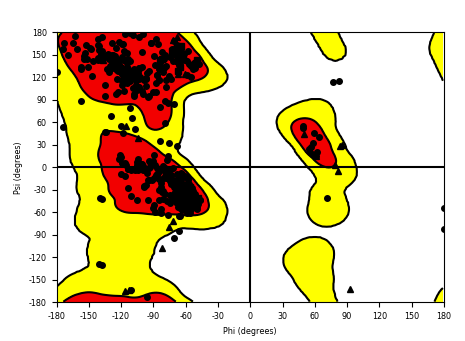Bioactive compounds found in Cucumis sativus demonstrate optimal binding affinity to PTP1B.
DOI:
https://doi.org/10.54117/ijmds.v2i1.22Keywords:
Diabetes mellitus, Protein tyrosine phosphatase 1B (PTP1B), Cucumis sativus, Computational biologyAbstract
Diabetes mellitus is a group of cardiometabolic disorders defined by elevated blood sugar levels. The majority of people affected by this disease reside in rural areas of low- and middle-income countries. The PTP1B inhibitory enzyme is involved in the control of leptin and insulin signaling. The Cucumis sativus plant, which includes several phytochemical constituents, has been shown to have antidiabetic properties. This study examines the in silico inhibitory potential of bioactive compounds obtained from Cucumis sativus against a potentially diabetogenic enzyme, PTP1B. (Trodusquesmine). The analysis resulted in scores for the first five compounds (isoorientin, chlorogenic acid, isovitexin, caffeic acid, and ferullic acid) ranging from -8.60 to -6.44 kcal/mol. The MM-GBSA of each ligand is expressed as follows: -56.46, -51.13, -51.63, -53.06 and -52.65 ΔGbind. Researchers are looking for plants that can be used as stable treatments with few side effects, although many drugs are already used to treat diabetes. As a result, the molecular bond, generalized molecular mechanics surface area (MM-GBSA) and properties of the lead compound ADMETox were determined.

Downloads
Published
How to Cite
Issue
Section
License
Copyright (c) 2023 Olubunmi Esther Ogunbiyi, Babafemi Tosin Ogunbiyi, Stephen Opeyemi Adeleke, Leviticus O. Arietarhire, Pelumi Ezekiel Alege, Ezekiel Olugbogi, John Afees Olanrewaju

This work is licensed under a Creative Commons Attribution 4.0 International License.
